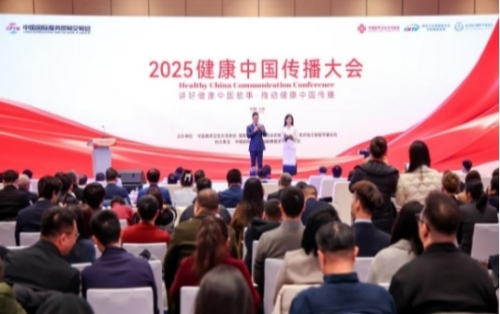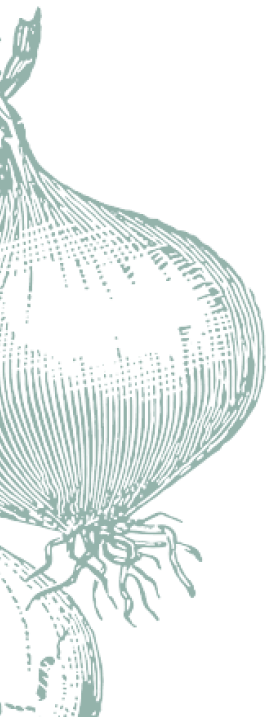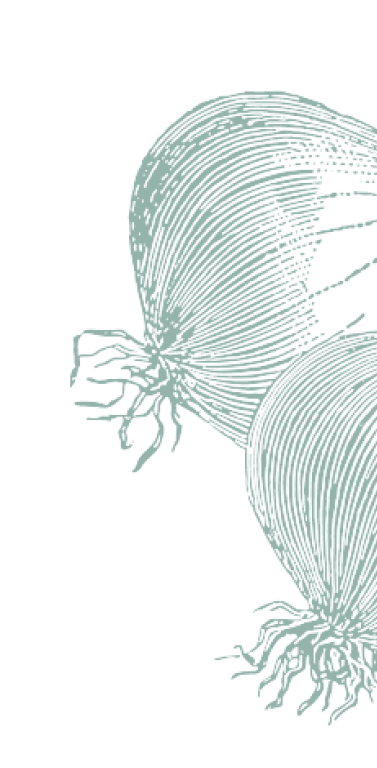12,10 2025
As one of the leading enterprises in the green agriculture and health industry, Liangtou Group has dedicated itself to the development of emblematic and exemplary professional technologies and equipment that define the global landscape of agricultural sciences and technology. We are committed to the assimilation of cutting-edge accomplishments, pivotal projects, advanced technologies, and pioneering products from the worldwide agricultural arena. Our endeavor is to enhance international agricultural exchange and collaboration through global commercial layout, thereby promoting global agriculture to move forward to stead development in a more effective, inclusive and flexible way.
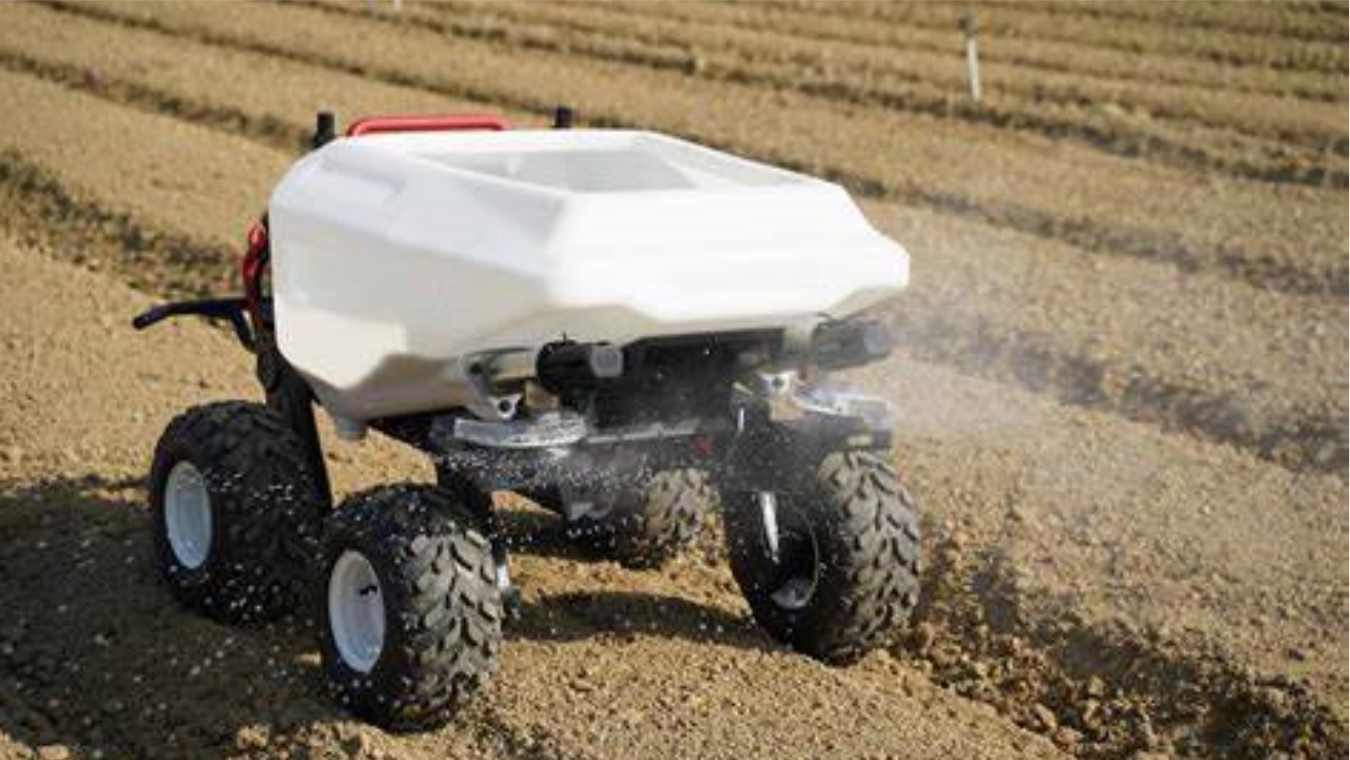
On July 28th, the group organizes the relative technical staff to learn the smart agricultural innovation technology and the overall solution of outstanding enterprises - driverless technology.
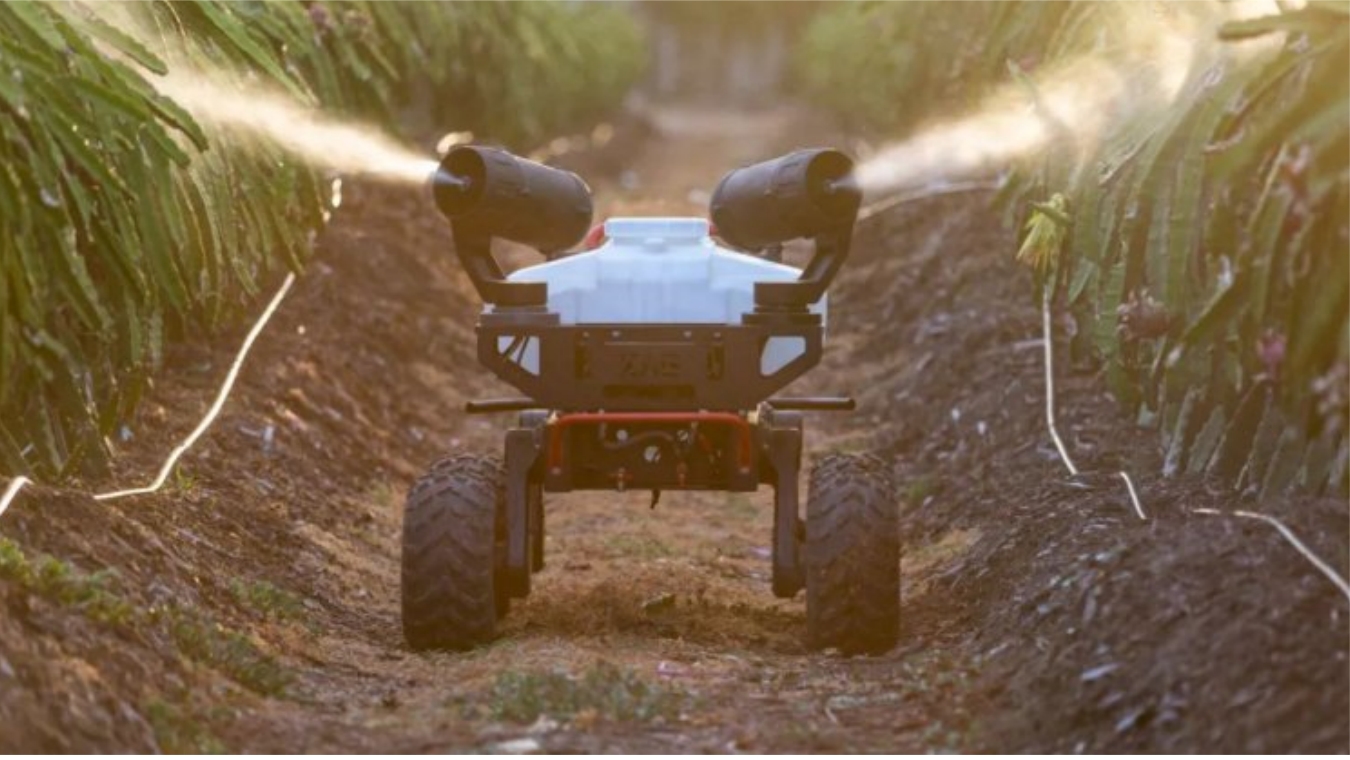
This innovation facilitates the comprehensive integration of an agricultural machinery system with its control system, utilizing precise positioning data. It employs a navigation system to manage the starting and shutdown of agricultural machinery, as well as to modulate the whistling, the lifting and lowering of farm implements, operating speed, and the steering. Sensor technology augments this process, culminating in the achievement of unmanned operation. At present, this technology has been successfully applied in the unmanned processes of paddy field pulping preparation, rice transplantation, pest control, harvesting, and plantation management especially in dry fields. Additionally, the quality of operation has demonstrated greater stability with a wide range of diversity in operation mode.
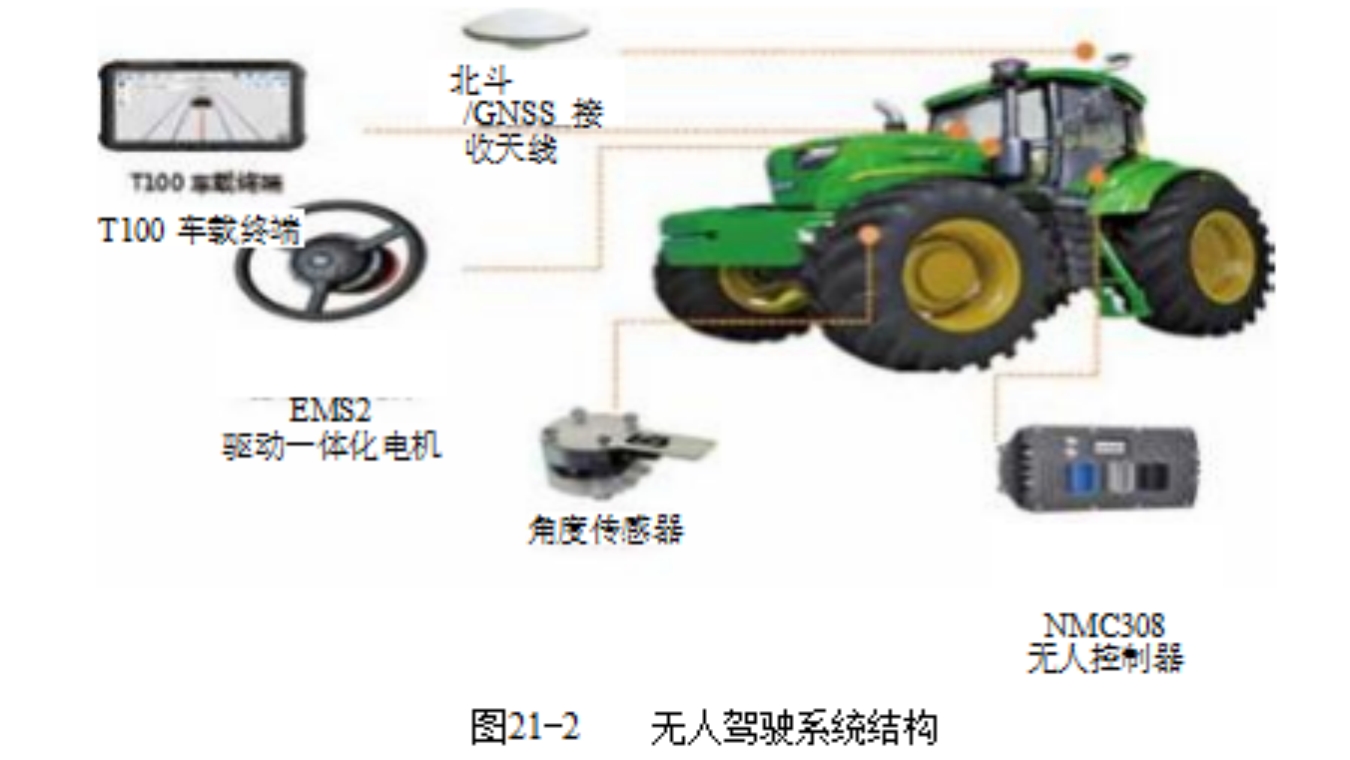
The recipient antennae capture the satellite positioning and terrestrial station anchor signals, utilizing the Real-Time Kinematic (RTK) differential signaling method to derive the vehicle's precise location. Subsequent to this compensation, the refined positional data is juxtaposed against the predetermined trajectory delineated on the electronic mapping interface, from which discrepancy metrics are computed. Thereafter, through the manipulation of advanced vehicle dynamics control algorithms, the computed deviation is utilized to modulate the velocity and navigational heading of the autonomous vehicle, achieving synchronised path following and course correction, to facilitate the implementation of trajectory tracking and control for agricultural vehicles.







